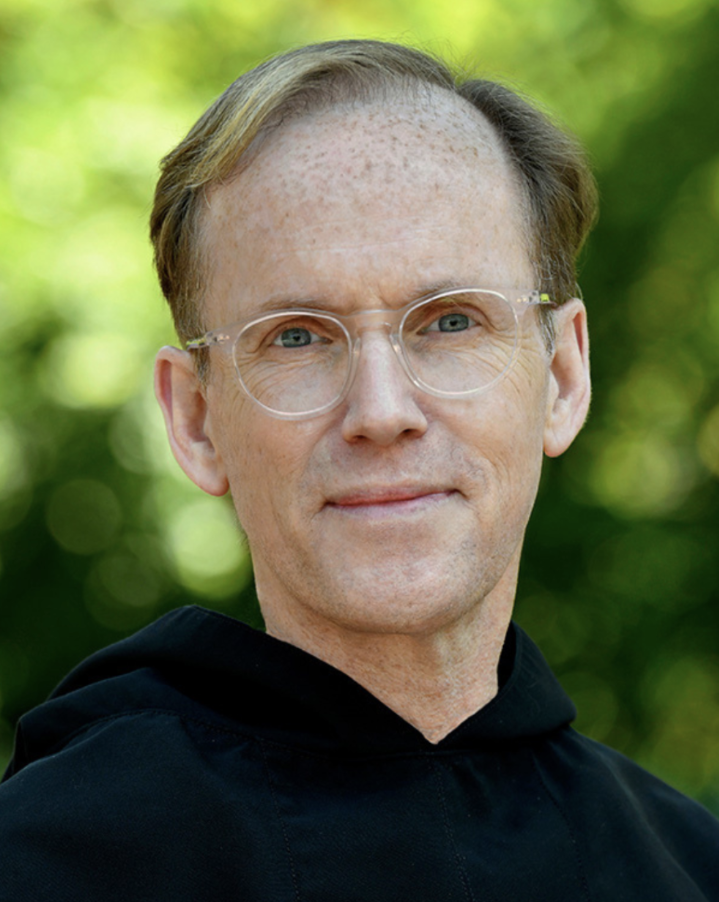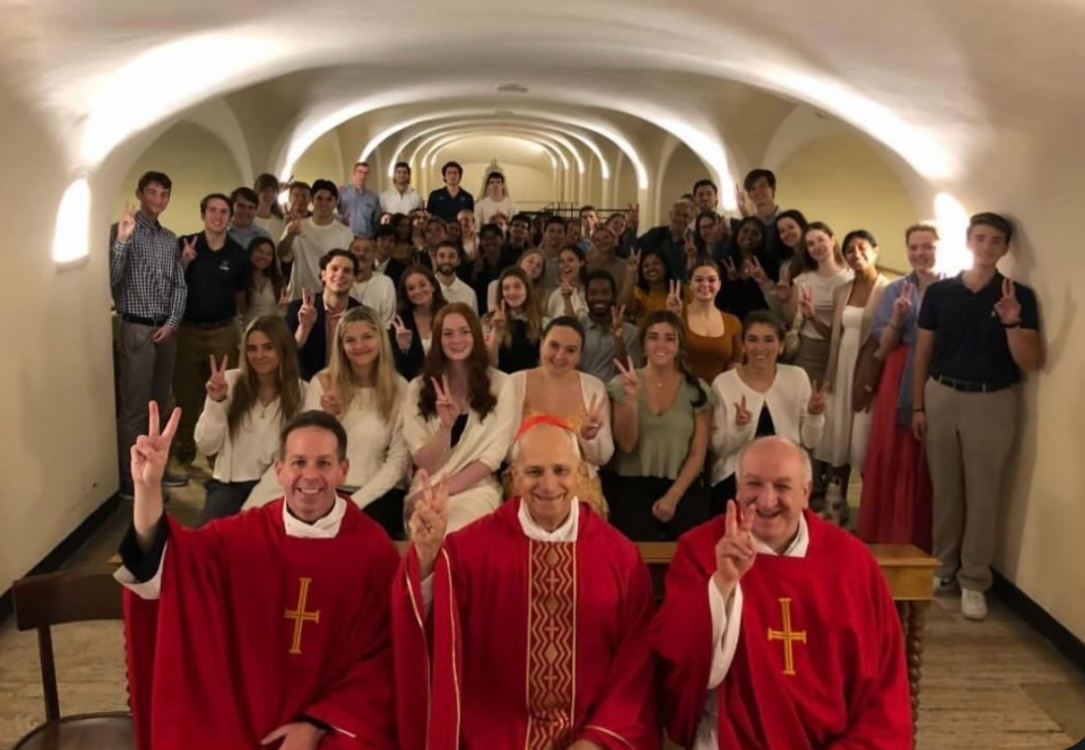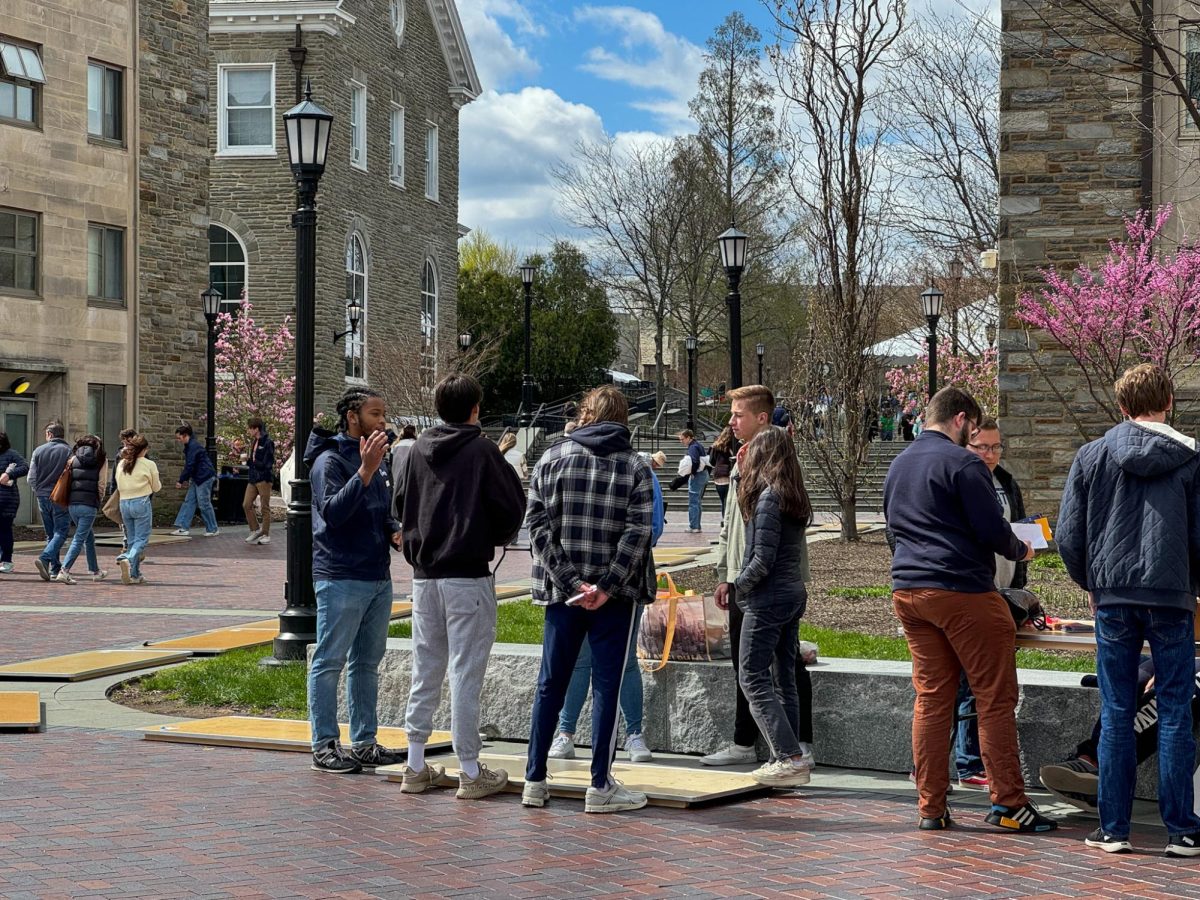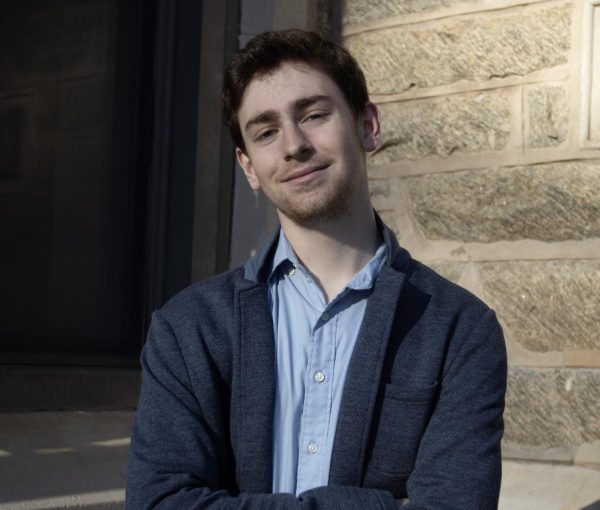In the event’s third year, Villanova’s Communication Department will host its annual journalist panel, this year in the form of a Black Journalists Roundtable. It will be moderated by former news editor for The Villanovan, Lydia McFarlane.
The panel, which discusses the attendees’ experiences in the industry and looks at the future of the rapidly-changing field itself, includes Solomon Jones of The Philadelphia Inquirer, Erin Coleman of NBC10 News Today and Corey Davis of 6ABC Action News. The annual roundtable, spearheaded by communication professor and advisor for The Villanovan, Michael Bradley, is not only interested in diversity of people, but diversity of areas, hence why the speakers are part of different media fors.
“It’s important that students can see different platforms represented so they can decide I’m interested in this, [and I’m interested in] being on television, being on the radio or writing, so having the diversity of platform allows for a broader idea of what the field’s about and where it’s going,” Bradley said.
When it comes to journalism (a historically white profession), showcasing diverse voices is not only necessary to tell all sides of a story, but necessary to rebuild connections with minority communities that may have been turned off to the news.
“Journalism serves the purpose of telling people’s stories and also informing audiences,” McFarlane said. “Getting diverse perspectives ensures that readers can learn from people who are different from them, and that [writers] of similar backgrounds are assigned to stories that are reporting on people from vulnerable communities to make the subjects more comfortable. There’s a history of mistrust in communities of color with the media, and by continuing to diversify newsrooms, hopefully that trust can start to be rebuilt. Having reporters that look like you make it easier to watch the news or read articles about those in your community.”
While the timing of Black History Month may be a coincidence as both the “Women In Journalism” and “Television Journalists” roundtables were done in February, as well, the choosing of five black journalists, according to Bradley, was done to both showcase the industry and their inspiring spirit of confronting and conquering challenges on the way.
“What we’re trying to do is expose the students to professional journalists, to learn about why they do what they do, how they do it and what the future of the field is,” Bradley said. “This event is particularly interesting because it’s a black journalist roundtable, and all of the participants have had to overcome various things in their lives to get to the point where they are right now, which is successful professional journalists.”
For McFarlane, a goal of hers for attendees (Communication students, those seeking to break into the industry or all other attendees) to take away is to see a new perspective on journalism and both the struggles of those of color striving for success in the industry.
“The more we hear from people who aren’t like us, the less wary we are of them and the more understanding we have across racial, gender, religious and other boundaries,” McFarlane said. “As a Black woman [who is] an aspiring journalist, I hope my classmates at the event will understand the difference between my experience and theirs, and appreciate the hard work of Black journalists across the world.”
When it comes to journalism, Bradley is no stranger to the industry with decades of work credited to his name and he has seen over time the inclusion of more diversity for the right reasons, especially in the past decade.
“What is happening is there’s a greater awareness of the fact that you don’t just create diversity to check a box, you create diversity to improve your coverage,” Bradley said. “To send someone to cover a story they have no idea about beyond just what’s going on, they don’t understand the factors around it, they don’t understand the history, they don’t understand the neighborhood, they don’t understand the broader context, it’s irresponsible by a news organization. So to have a more diverse staff, a more diverse collection of journalists, news organizations are a) able to be more responsible in their coverage, but b) to find the stories that are different and c) to expose some of the injustices going on around the country, in states and smaller areas.”
The event takes place this Thursday from 5 to 6:30 p.m. in Garey 10A. To learn more info on the event, visit the Communication Department’s website or social media.








